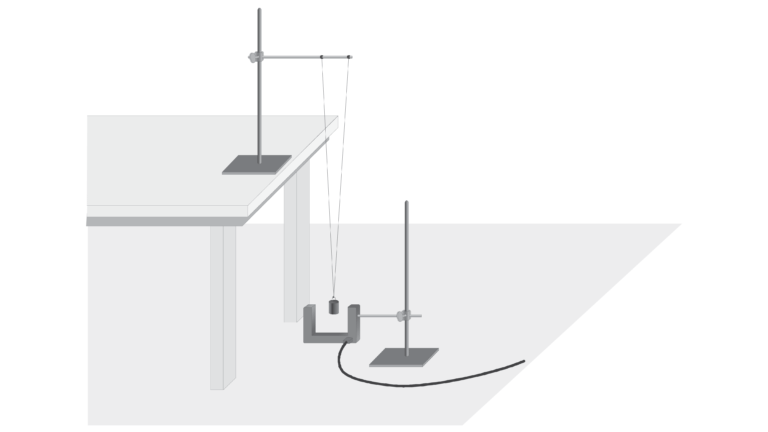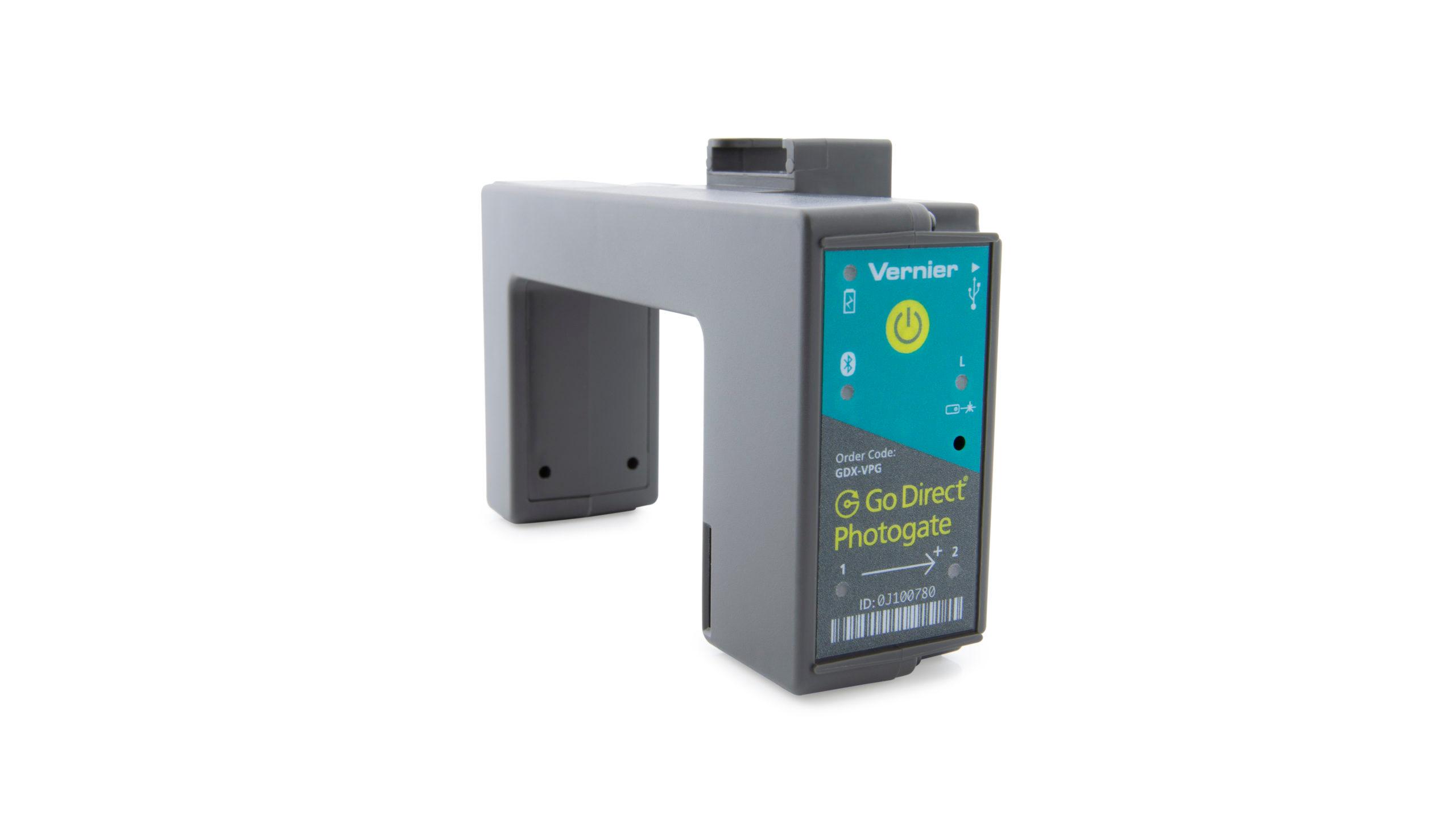
Introduction
A swinging pendulum keeps a very regular beat. It is so regular, in fact, that for many years the pendulum was the heart of clocks used in astronomical measurements at the Greenwich Observatory.
There are at least three things you could change about a pendulum that might affect the period (the time for one complete cycle):
- the amplitude of the pendulum swing
- the length of the pendulum, measured from the center of the pendulum bob to the point of support
- the mass of the pendulum bob
To investigate the pendulum, you need to do a controlled experiment; that is, you need to make measurements, changing only one variable at a time. Conducting controlled experiments is a basic principle of scientific investigation.
In this experiment, you will use a Photogate to measure the period of one complete swing of a pendulum. By conducting a series of controlled experiments with the pendulum, you can determine how each of these quantities affects the period.
Objectives
- Measure the period of a pendulum as a function of amplitude.
- Measure the period of a pendulum as a function of length.
- Measure the period of a pendulum as a function of bob mass.
Sensors and Equipment
This experiment features the following sensors and equipment. Additional equipment may be required.
Correlations
Teaching to an educational standard? This experiment supports the standards below.
- International Baccalaureate (IB) 2025/Physics
- The students should understand the time period of a simple pendulum as given by T = 2π√l/g
Ready to Experiment?
Ask an Expert
Get answers to your questions about how to teach this experiment with our support team.
- Call toll-free: 888-837-6437
- Chat with Us
- Email support@vernier.com
Purchase the Lab Book
This experiment is #14 of Physics with Vernier. The experiment in the book includes student instructions as well as instructor information for set up, helpful hints, and sample graphs and data.





